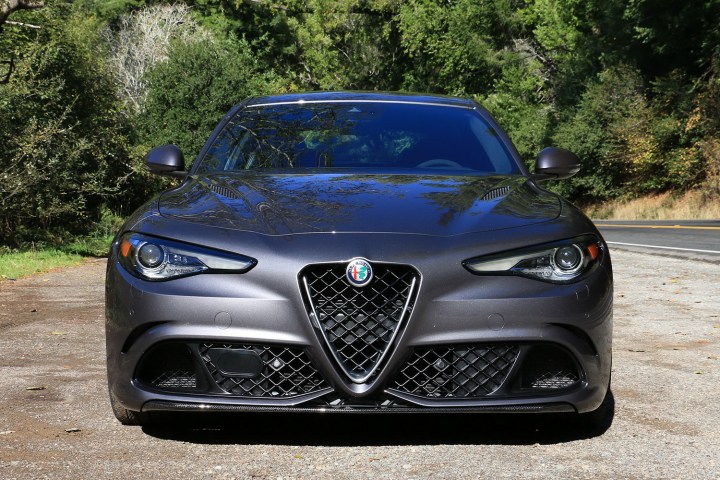
The model offensive kicked off last year when the brand introduced the Giulia (pictured), the long-awaited rear-wheel drive successor to the 159. It will continue in just a few short days during the Los Angeles Auto Show with the unveiling of the Stelvio, the brand’s first-ever crossover. With a sleek, Porsche Cayenne-like roof line, the Stelvio is aimed right at the BMW X3.
Alfa’s product plan also includes a five-seater SUV that will slot a notch above the Stelvio, meaning it will fight in the same hotly contested segment as the BMW X5. A small model developed to compete against the BMW X1 is also expected to arrive in the not-too-distant future. That’s a lot of soft-roaders, but company boss Reid Bigland explained that investing in crossovers makes perfect sense from a business point of view.
“The whole world is gravitating to SUVs. A few years ago, an Alfa SUV would have been sacrilegious, but now it makes perfect sense. Our job is to keep an eye on consumer preferences and give people what they want,” he explained in a recent interview with British magazine Autocar.
Alfa Romeo isn’t out to become Italy’s Land Rover, and it will continue to focus on sedans and wagons. Notably, a long-roof version of the Giulia is expected to make its debut during next year’s edition of the Geneva Auto Show. It likely won’t be sold in the United States, where the market for wagons is small at best. The brand is also weighing the pros and cons of launching a bigger sedan to run alongside the BMW 5 Series and the Mercedes-Benz E-Class. Skeptical executives and bean-counters point out the sedan segment has become small and unprofitable over the past decade.
Later on, Alfa will replace the Europe-only Giulietta hatchback with a model designed for global markets including the United States. A coupe and a convertible will join the lineup in about five years’ time, but the future looks grim for the ultra-light 4C. The same goes for the entry-level MiTo; it’s too small for the U.S. and China, which means its chances of returning for a second generation are slim to none.
If all goes according to plan, Alfa Romeo will compete in most market segments by the turn of the decade. The model offensive will help it dramatically increase its annual sales, which bottomed out at approximately 60,000 units globally last year. Of course, Alfa is notorious for editing its product plans so only time will tell what its lineup will look like in one year, let alone five.
Editors' Recommendations
- Alfa Romeo Tonale kicks off a tech-centric ‘metamorphosis’
- How risky is air travel right now? A new supercomputer model has answers
- NASA wants help designing a new lunar rover. Here’s how we’d configure it




